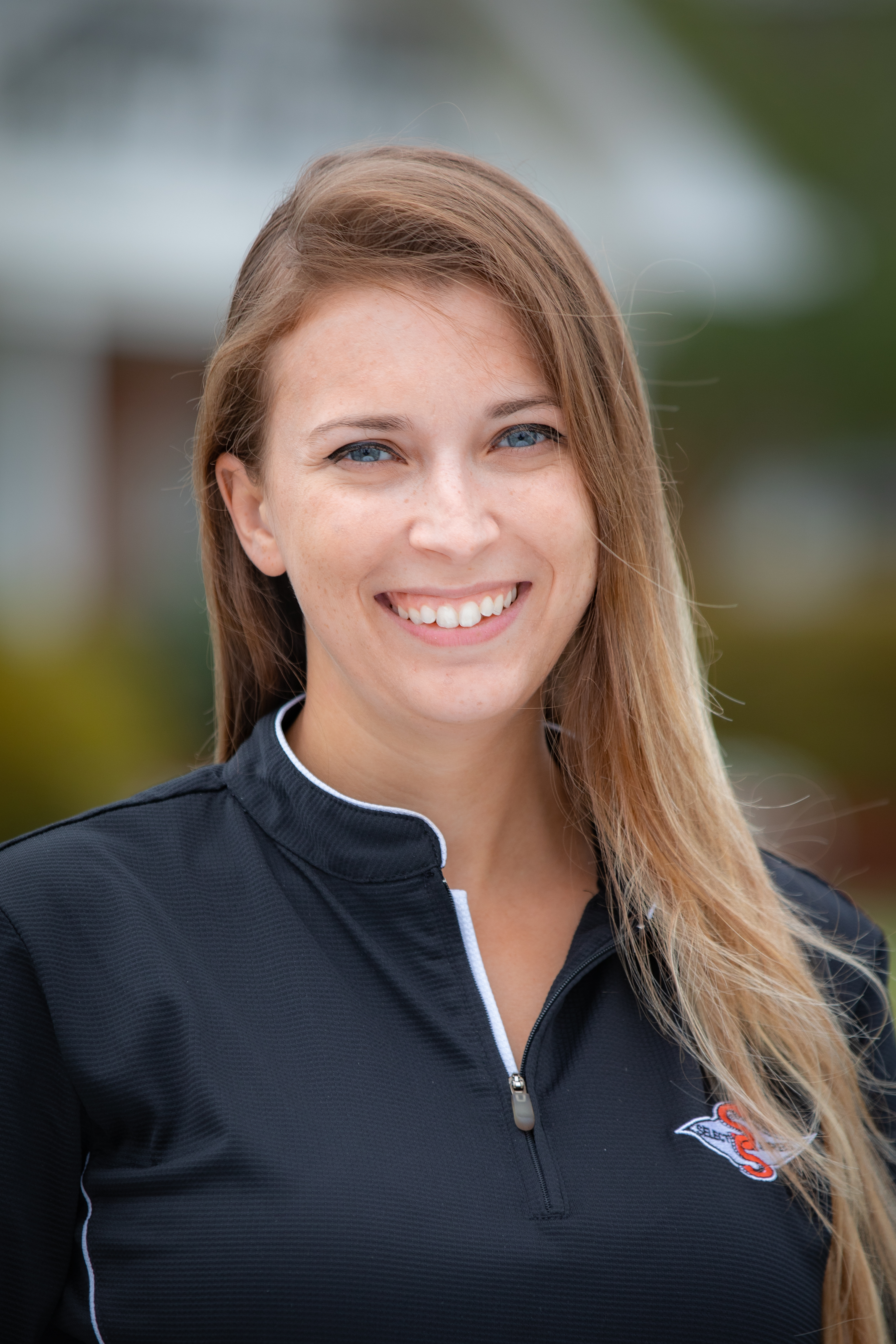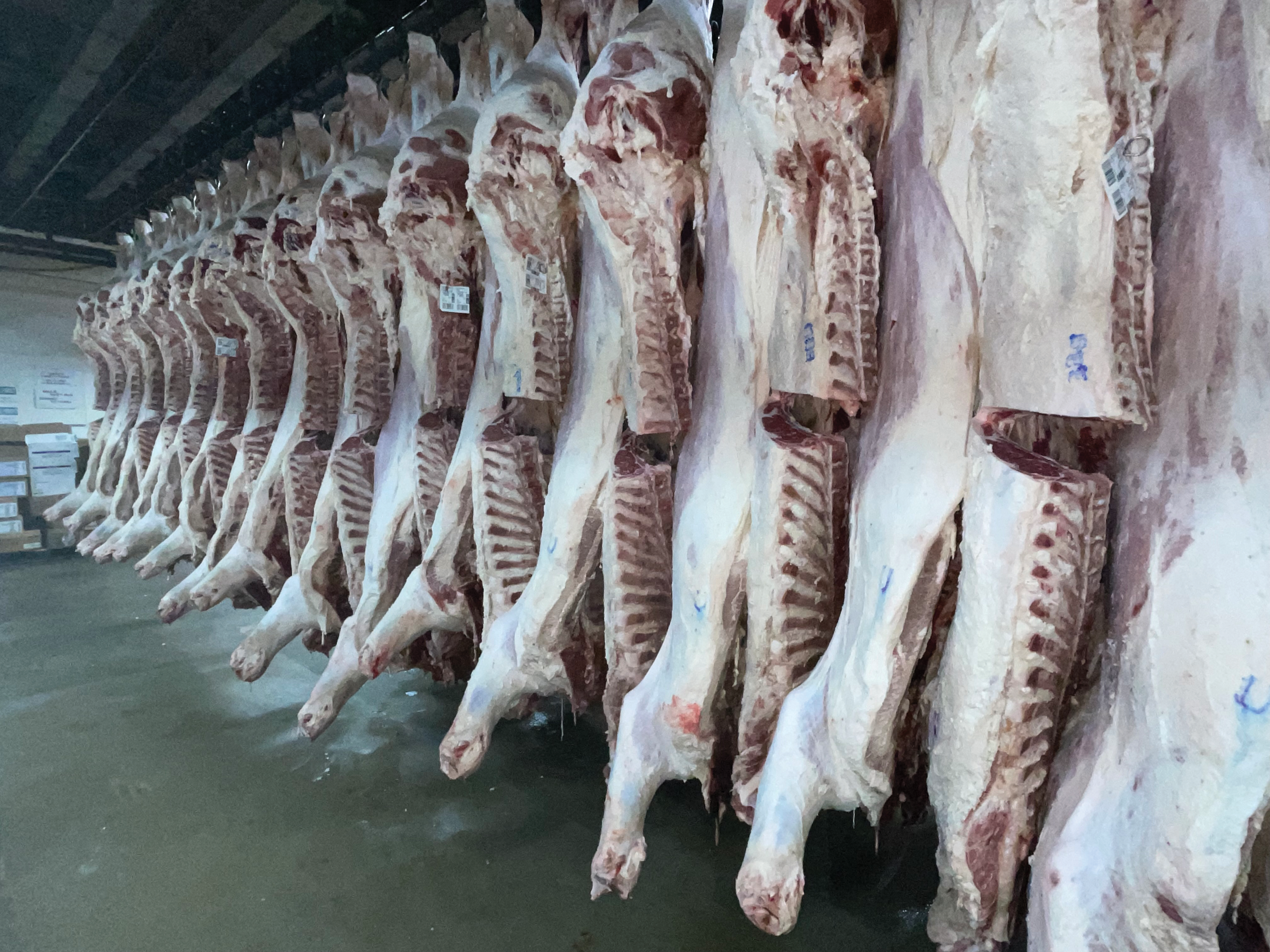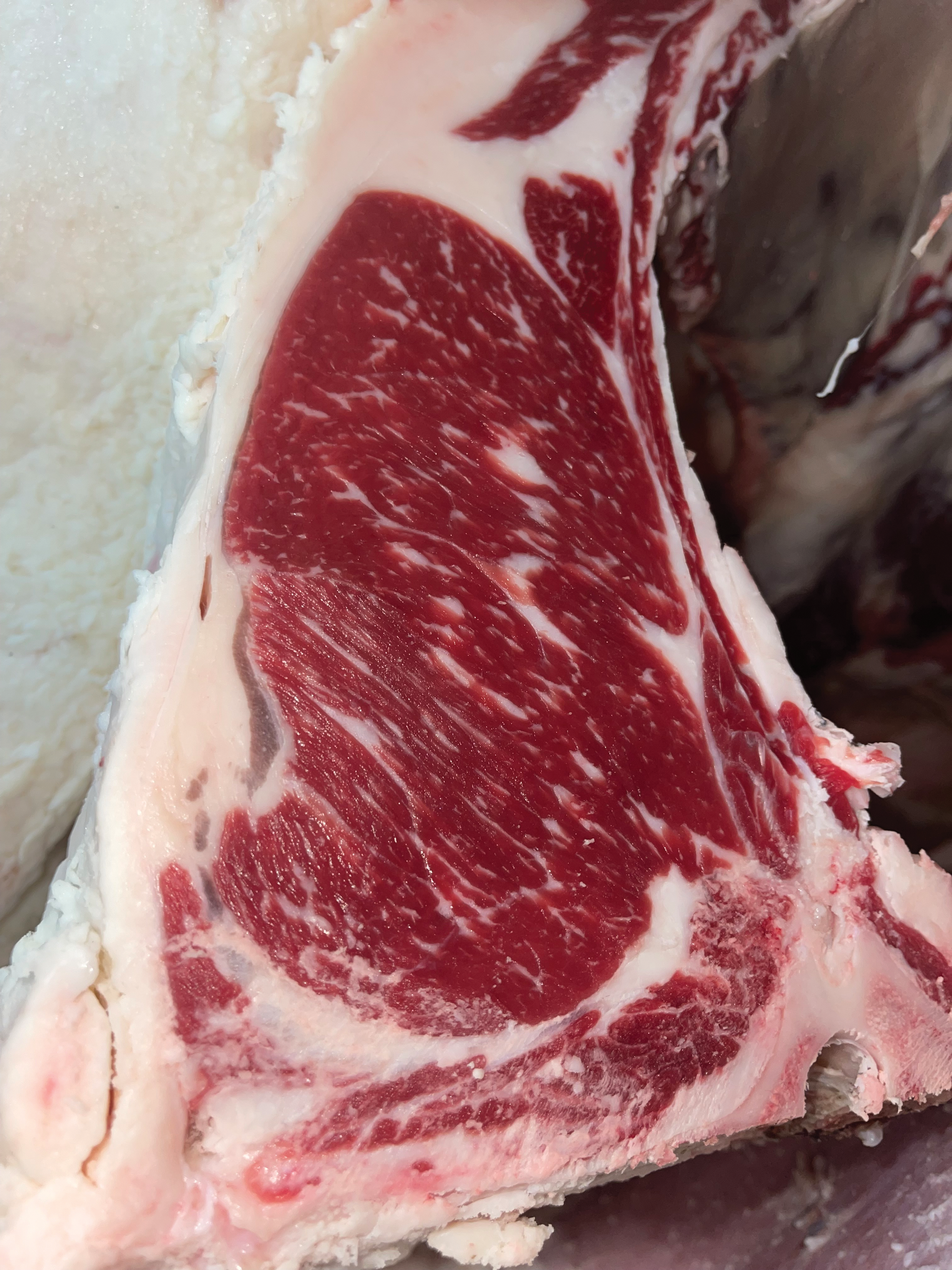Most beef on dairy cattle are marketed by a feedlot to a packer on a pricing structure called a grid. These grids bolster or deduct from the overall price for the load based on individual recorded carcass performance. Grid marketing of fat (finished)
cattle is often the most economically heavily weighted when it comes to the Quality Grade component of carcass evaluation. With this background in mind, check out Lauren’s conversations with Dr. Johnson.
 Lauren: What do you notice about the ProfitSOURCE group's performance?
Lauren: What do you notice about the ProfitSOURCE group's performance?

Dr. Johnson:
These cattle far surpassed the industry standards. This lot of 131 head was superior for USDA Quality Grade specifications. The base on this particular grid was Choice. This lot averaged 32% (42/131 head) USDA Prime, which is well above industry norm.
We would expect native beef cattle to grade up to 10% Prime, calf-fed Holsteins about the same and unknown genetics of beef on dairy cross around 10-20% Prime.
The net effect was that the premium for Prime netted an extra $17.56 per hundredweight (cwt) of hot carcass weight (HCW). This was equal to more than an extra $50 per head marketed, just for Quality Grade!
For young cattle like this lot, marbling score, defined as the amount of intramuscular fat, is the major criteria for determining USDA Quality Grade. These cattle were exceptional for marbling!
Lauren: As for Yield Grade (YG), most fell within YG 1 and 2 which earn premiums on this grid. What are some considerations with beef on dairy when it comes to YG?
Dr. Johnson: USDA Yield Grade is a predictor of the amount of red meat in the carcass that can be marketed at retail. The lower the number, generally the more muscle and less fat on the carcass. This lot resulted in approximately 42% YG 1 and 2 carcasses, netting a $5 per cwt of HCW premium. The base would be a YG 3. This group of cattle only had nine head (6.87%) that were YG 4 or 5.
Overall, these cattle were fed to a very desirable end point, had above average muscling and low subcutaneous fat (backfat). We want a high degree of intramuscular fat (marbling) and low amounts of backfat. Dairy-influenced animals are known for having less backfat, and with backfat being the biggest driver of change for Yield Grade, beef on dairy cattle are genetically primed to deliver that.
Lauren: Looking at the photos of the carcasses and ribeyes provided by the plant, they appear to be nearly identical. Why is this important?


Dr. Johnson: The degree of muscling as indicated by Ribeye Area at the 12th rib and amount of backfat was extremely consistent in the group of 131 head. This becomes very important to the packer and eventually retailer who wants consistency in steak dimensions. In addition, there was only one light HCW and one heavy HCW, speaking to the uniformity of these cattle. These cattle provided exceptional consistency!
Lauren: Consistency is of key importance! So, when we genomically tested this group, there were seven ProfitSOURCE sires represented, and yet the group achieved very tight results.
Dr. Johnson: This would indicate that regardless of sire, known genetics relate to increased consistency. This is critical to feeders and packers.
Lauren: Another hot topic in beef on dairy seems to be liver abscesses. We were told that this group had only 6% liver condemns, and that this was far lower than the plant average. What does this mean?
Dr. Johnson: The industry average for liver abscesses in beef on dairy cattle is more than 40%. The presence of liver abscesses creates many issues and discounts. Not only is the value of the liver lost ($6-8/liver), other parts of the carcass like the skirt steak can be adhered to the liver and need to be trimmed off. This can cost both the feeder and packer close to $50 to $60 per head.
Also, operational efficiency is compromised at the packing plant with cattle loads that have a high amount of liver abscesses. This has become a huge problem in our industry. These ProfitSOURCE cattle were remarkably
low on liver abscesses. The feeder included the ionophore, Rumensin, in the diet. But no other feed additives, such as Tylosin, which is approved to lower liver abscesses in feedlot cattle, were fed in this group of cattle.
The exceptionally low liver abscess rate speaks to the nutrition and
management throughout the lifetime of these cattle. The cattle were raised on the dairy of origin from day one through finish. We have learned how critical high-quality colostrum intake is to set calves up for lifetime success and improved health and performance. This dairy obviously did a great job in the calf hutch, weaning pens and finally finishing pens to get these kinds of results.
Lauren: Overall, what is the direct benefit to the dairy farmer of producing high-quality beef on dairy, even if they are selling them far before their endpoint?
Dr. Johnson: To realize superior carcass genetics, cattle need to be marketed on an appropriate grid. Even if dairy producers choose not to finish the cattle, the use of ProfitSOURCE genetics and placement of ear tags lets future owners of these cattle know they can market on a grid-based system to realize the advantages of the known genetics for superior carcass quality.
From a healthy start and visual identification to a genetic foundation for success, ProfitSOURCE can deliver a uniform product and a cohesive story. Even
for producers selling their offspring as day-olds, calf buyers, growers and feeders alike are learning that the iconic ProfitSOURCE tag represents the kind of calf they want to grow and sell. For producers that are retaining ownership of their cattle to finish, Select Sires also has packer grids or contracts now available in many areas! To learn more about ProfitSOURCE enrollment and cattle marketing options, reach out to Lauren Kimble.